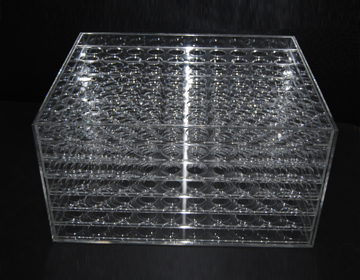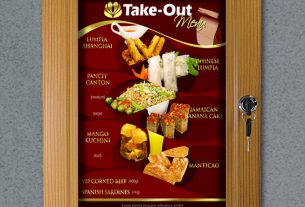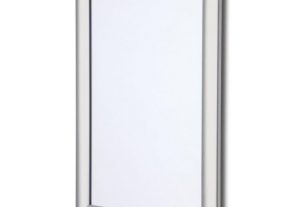There are several plastic manufacturing processes to choose between, and there are wide ranges regarding freedom of shape, startup costs, fees for each component, completion time, and the scale of manufacturing the method enables. Popular techniques encompass CNC (computer numerical control) machining and vacuum formation, each of which appeal to different design and manufacturing requirements. CNC, for example, has a medium level of flexibility when it comes to the form, a completion time of under a day, a medium set-up price, steeply-priced individual components, and satisfies large scale manufacturing. Vacuum formation, in contrast, provides a restricted flexibility of shape, only really suitable for creating simple shapes, and can have a completion period of up to a month. Furthermore, because there is a wide scope of CNC machines, ranging from simple desktop machines, to considerably more highly developed machines, the startup costs vary from very low to very high, and the cost per part and the completion time are highly diverse, and reliant on the sophistication of the machine. {There are numerous bespoke acrylic bath panels web sites throughout the Uk, if you’re searching for more information as well as purchase prices this url is a good starting place custom acrylic moulding uk. www.displaydevelopments.co.uk is seen as a website that is loaded with lots of up to date information about perspex fabricators Uk.|{For anyone looking at additional information with reference to plastic distributors and fabricators this webpage thermoforming of plastic features numerous more information articles in respect to plastic prototype companies near me. This blog www.displaydevelopments.co.uk has a lot more info on the main topic of plastic prototyping. They’re a great many plastic parts development online services in Britain, if you’re searching to find out more or alternatively costs this web site is a good place to start
CNC Machining
CNC machining is a computer controlled subtractive procedure, that removes material from plastic in an effort to generate the chosen shape. The computer is high-tech, with the capability to change a design into numbers using a âcomputer assisted design computer software system. The figures are competent to control the equipment to cut the required shape. To set up, the pieces of equipment need an intermediate step in the creation and validation of tool paths. Once the machine is provided with the tool paths, the subtractive procedure is initiated. Once the construction is complete, the component is cleaned, smoothed, and trimmed.
For lower quantity plastic component requests that demand tight tolerances and forms that are difficult to mould, machining is suitable. CNC machining even offers minimal to medium initial expenses, and can also generate top quality plastic parts with limited finishing times. Yet, with an increase of product intricacy, the associated fee per component increases. Furthermore, the procedure requires tool access considerations, and particular shapes, for instance those with spherical internal channels, are near-impossible to form using CNC manufacturing.
Vacuum Formation
Vacuum formation is a procedure in which plastic material is warmed and moulded, normally using a mould. The enormity and intricacy of vacuum-forming machines cover anything from affordable desktop devices to state-of-the-art production equipment.
It is usually suitable for any venture, ranging from custom-made designs to large-scale manufacturing, taking into consideration the large variety of machinery offered and that also automatization is undoubtedly an option when necessary. Nonetheless, there is minimum freedom in the types of design it can create, and is also unfortunately exclusively able to build components with basic geometries. In comparison to various other techniques, tooling costs are minimal, simply because vacuum formation merely needs minimal forces and pressures. Ordinarily, for modest manufacturing sizes the moulds are constructed with 3D printed resin, or possibly plaster, and then for higher development sizes more durable equipment composed of metal is used.
The production method commences with a sheet of plastic being clamped and warmed up until the plastic becomes mouldable. The plastic will then be put into the mould and cooled down, and often fans and also other cooling methods are implemented in an effort to accelerate the cooling process. The last stage involves any excess plastic being removed.




